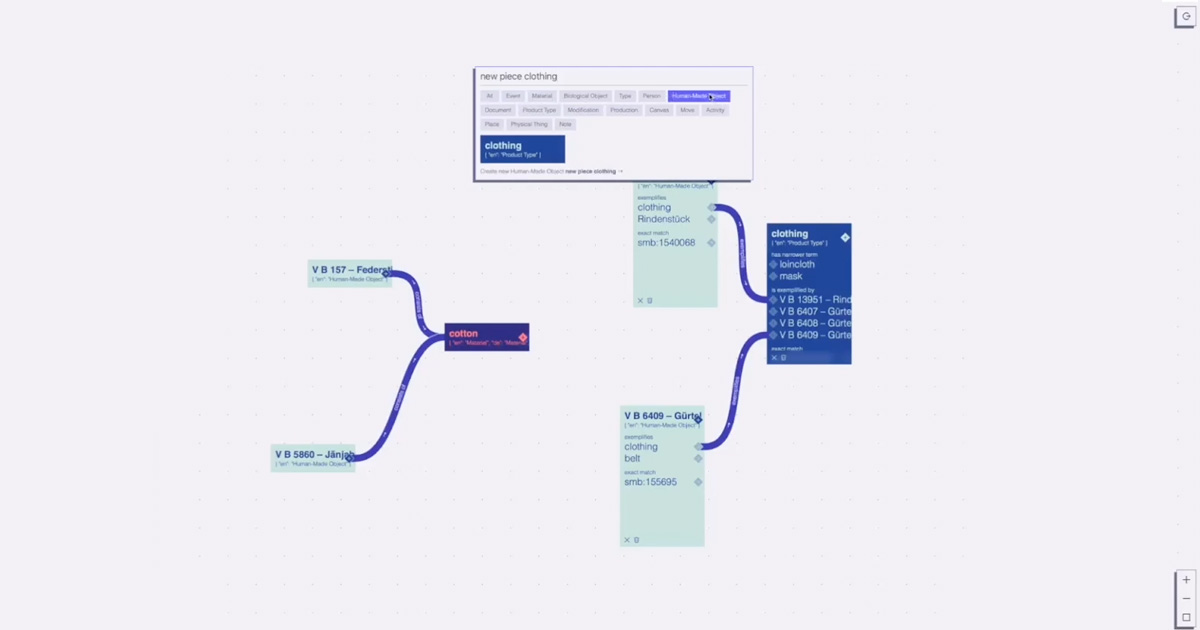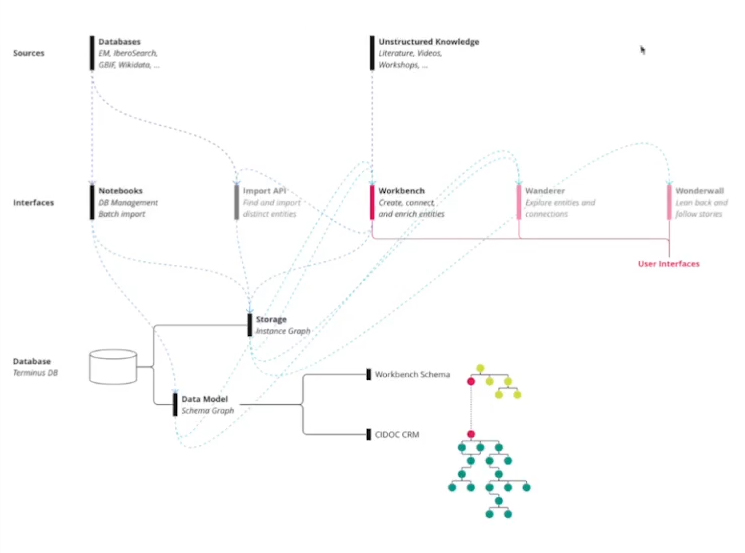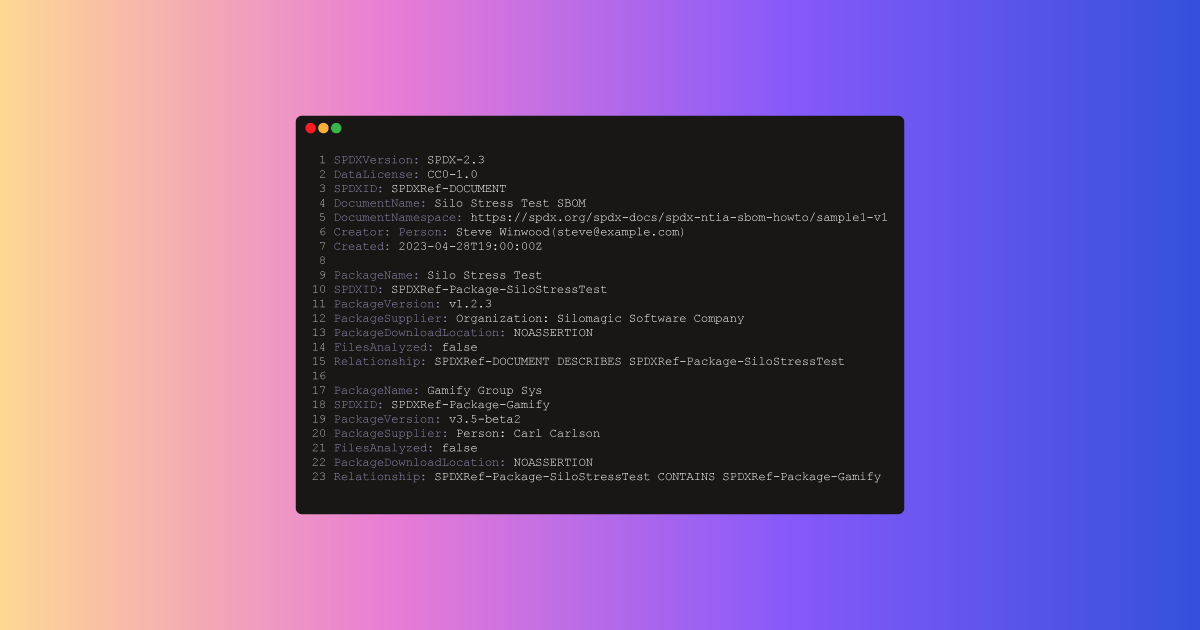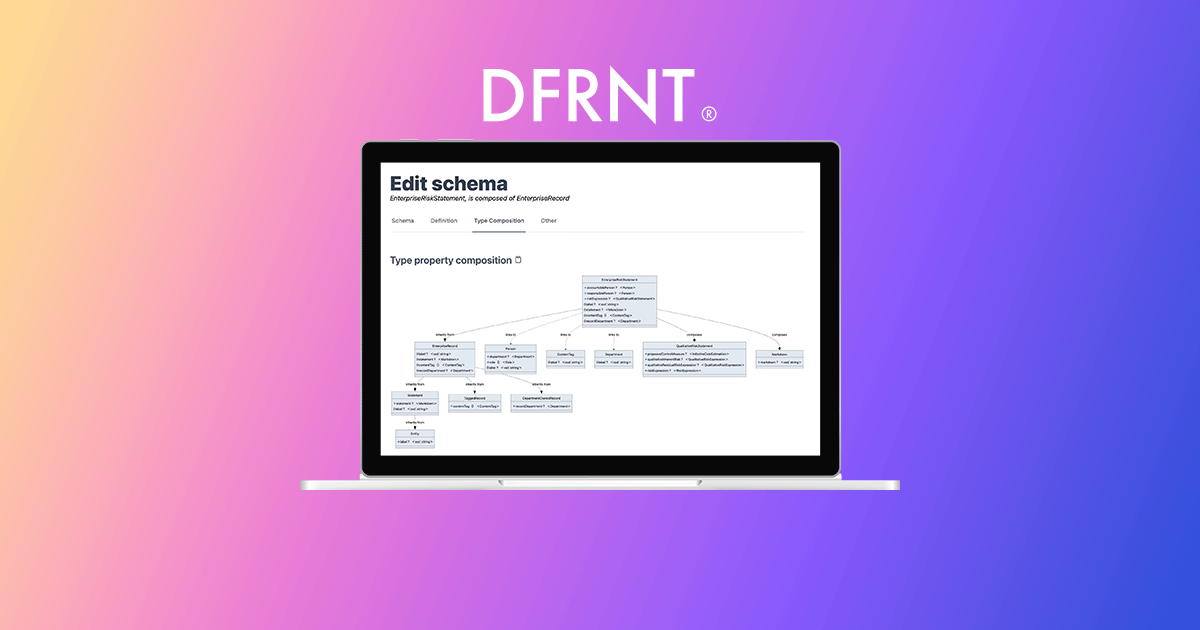How TerminusDB is used as an academic collaborative research database

Community member, Fidel Thomet, went out of his way to demonstrate how he and others are using TerminusDB as a collaborative research database to support the Amazonia Future Lab project. This article provides an overview of the project to give you an understanding of how TerminusDB is a powerful open-source database for academics and researchers to collaboratively build knowledge.
About the project
The Amazonia Future Lab is a research project between various cultural institutions (Ethnological Museum of Berlin, Ibero-American Institute, Institute for Museum Research, Berlin Botanical Garden and Botanical Museum, Museu Nacional Rio de Janeiro) and the Urban Complexity Lab as the design and technology partner. The project is Funded by the Digital Culture Programme of the German Federal Cultural Foundation.
Urban Complexity Lab
An interdisciplinary research group at Fachhochschule Potsdam mixing interface design, computer science, and the humanities. Their work revolves around information visualization focusing on the challenges and questions arising from social, cultural, and technological transformations. Find out more about Urban Complexity Lab.
Amazonia Future Lab
Working with institutions from Brazil and Germany, as well as indigenous communities, the project aims to connect cultural collections and local knowledge spread across the world by harnessing digital tools. Collaborative working is at the heart of the project and is essential to gain a deeper understanding of how artifacts were used, create new interpretations of cultural heritage, and improve the representation of indigenous perspectives.
The project’s goal is to communicate, exchange, network, and jointly create new knowledge from different perspectives, knowledge practices, and social contexts. The connected knowledge will be publicly accessible via interactive formats to explore and contribute to. The tools created will be made freely available to be used or further developed by other communities and institutions that are engaged in the field of participatory cultural education.
Amazonia Future Lab – Connect, Comprehend, Communicate.
Project challenges
The main challenges of the Amazonia Future Lab project revolve around the collaborative nature of the project:
- How data is stored – Between the project’s partners, data is in institutional silos and managed internally with few links between the data.
- Information is difficult to share.
- No way to move away from colonial knowledge about collections to allow indigenous knowledge to be incorporated.
How TerminusDB is being used as a research database solution

The database had been built on TerminusDB. The key pillars for the project are:
Data model/schema graph
The flexible and extendable schema provides the perfect research database solution to cater to a wide array of data, from unstructured knowledge such as videos, literature, and workshops; to different types of collections like artifacts, living plants, and actas.
Two schemata have been modeled so far with potentially more to come:
- Workbench schema – The model for the workbench interface – more on this in the next section.
- CIDOC CRM – The “CIDOC object-oriented Conceptual Reference Model” (CRM), was developed by the ICOM/CIDOC Documentation Standards Group and represents an ontology for cultural heritage information. This schema allows different collections to be connected and helps get data into a museum standard. The schema will also have future uses to export data to use in different contexts.
Storage/instance graph
As a document graph database that creates a knowledge graph of connected JSON documents, TerminusDB fits the use case well. The instance graph, which is schema-driven, is flexible to accommodate the different types of structured and unstructured data, and the use of JSON makes developing the frontend interfaces more straightforward.
Collaborative interfaces
The purpose of the Amazonia Future Lab project is to derive knowledge from indigenous communities and collections spread across various cultural institutions. In order to do this, the platform needs to provide an intuitive way for partners to collaboratively impart their wisdom to collectively understand the true cultural heritage of collections. This is achieved via a number of collaborative interfaces:
Workbench interface
The main interface for the project, the workbench enables partners to create, connect, and enrich entities.
It is based on canvases and allows users to create new canvases for specific entities. The purpose of this approach is to connect and understand entities that are relevant to one another. Due to the vast collection of entities, it makes little sense to try and create an overview of all entities that exist as many will have no relevance to each other.
When creating a canvas, users can select entities within the database, enrich them, and insert new ones to create new connections and improve understanding.
In the example below, Fidel explains how partners can create a new canvas from the workbench to start building knowledge about a particular artifact. He then goes on to explain how partners have been using the workbench to understand manioc production (a woody shrub of the spurge family native to South America) from unstructured data and get it into a queryable state to share and expand their knowledge.
Observable notebooks
Observable notebooks help to manage the database, import schemas and do batch imports from other databases, especially when these are not available via a public API, for example, data from the Ethnological Museum. It is also used to connect entities with external datasets such as Wikidata.
Work-in-progress interfaces
The project is ongoing and the following interfaces will be introduced:
- Import API – To find and import specific entities within other databases.
- Wanderer – A visual interface to explore entities and connections.
- Wonderwall – Mode that provides visual access to data through curated stories.
Making data available and queryable
Using their knowledge and experience in both academic data formats and needs, with computer science, the Amazonia Urban Labs team is removing silos between institutions and creating data about entities that can be shared, built upon, and queried. The ability to see connections, traverse time and query unstructured and structured data enhance the partners from Germany and Brazil’s capacity to collaboratively remove institutional and colonial bias in collections and build a better understanding of the indigenous past and present.

Manage Your SBOM with a Headless CMS
An SBOM identifies, tracks, and maintains a list of all the software components and dependencies, this article looks at how headless CMS is a good solution to manage this process.

Straight Through Processing of Insurance Claims
Using declarative logic and semantic descriptions, we build a low-code app for straight-through processing of insurance claims.

Data Modelling & Collaboration for Change Makers – Do Good With DFRNT
DFRNT is a tool for change makers to model and build data products. With advanced data modelling and graph visualisation, data architects can tackle complex problems.

Manage Your SBOM with a Headless CMS
An SBOM identifies, tracks, and maintains a list of all the software components and dependencies, this article looks at how headless CMS is a good solution to manage this process.

Straight Through Processing of Insurance Claims
Using declarative logic and semantic descriptions, we build a low-code app for straight-through processing of insurance claims.

Data Modelling & Collaboration for Change Makers – Do Good With DFRNT
DFRNT is a tool for change makers to model and build data products. With advanced data modelling and graph visualisation, data architects can tackle complex problems.

How TerminusDB is being used as an academic collaborative research database
See how TerminusDB is used as an academic research database by Amazonia Future Lab to connect collections & local knowledge.